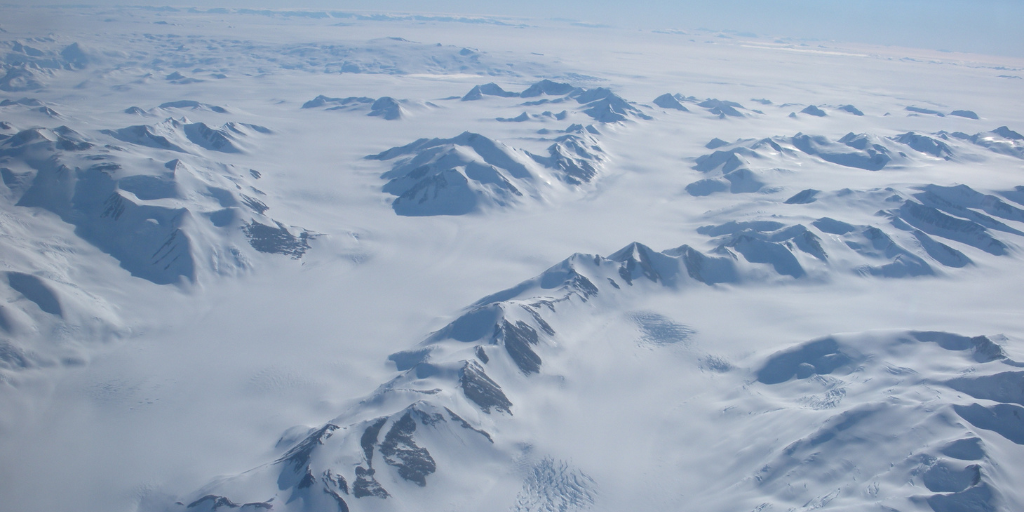Submit Innovative Cold Regions Science and Engineering Solutions
This Commercial Solutions Opening (CSO) contains broadly defined areas of interest for ERDC’s Cold Regions Research and Engineering Laboratory (CRREL) and intends to obtain innovative solutions or potential new capabilities in support of challenges facing Warfighters and the nation in cold and complex regions. Solutions may include existing technologies or procedures that are not currently in use that would enhance or streamline mission capabilities.
The CSO Solicitation document provides additional details and instructions.
Areas of Interest
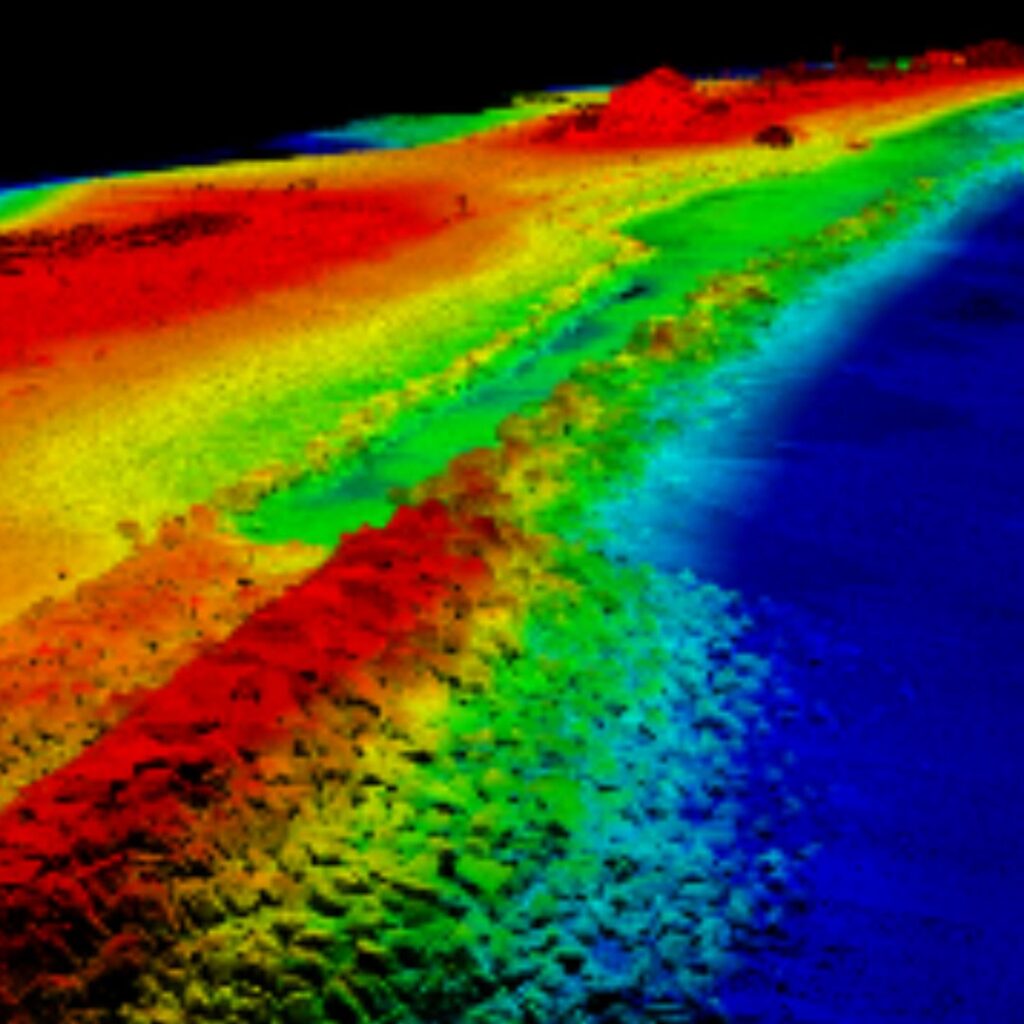
Cold region operations (to include high elevation environments) face unique challenges across many operational domains, both civil and military. Extreme cold temperatures, snow, ice, frozen ground, and diverse geography pose unique challenges to operations and infrastructure. Cold region planning tools often do not benefit from the same robust a priori information regarding terrain conditions, inland or coastal, as that available for more populated temperate climates, which are often informed by high-resolution maps and reliable surface observing networks.
Solutions that provide rich contextual understanding of the physical environment, from wide area to local scales, will inform risk assessments of adverse effects. The technical toolbox needed to provide actionable terrain data acquisition, management, and dissemination includes innovative remote and ground based sensing systems and data retrieval algorithms. Key technological solutions could consist of enhancements to ground-based and airborne terrain data acquisition systems that yield accurate, high resolution 3D models of snow cover and frozen/unfrozen ground states. In addition, integrated, semi-automated, software architecture solutions that fully represent and account for the effects of winter phenomena on sensing system performance are needed to improve overall system accuracy and spatial resolution.
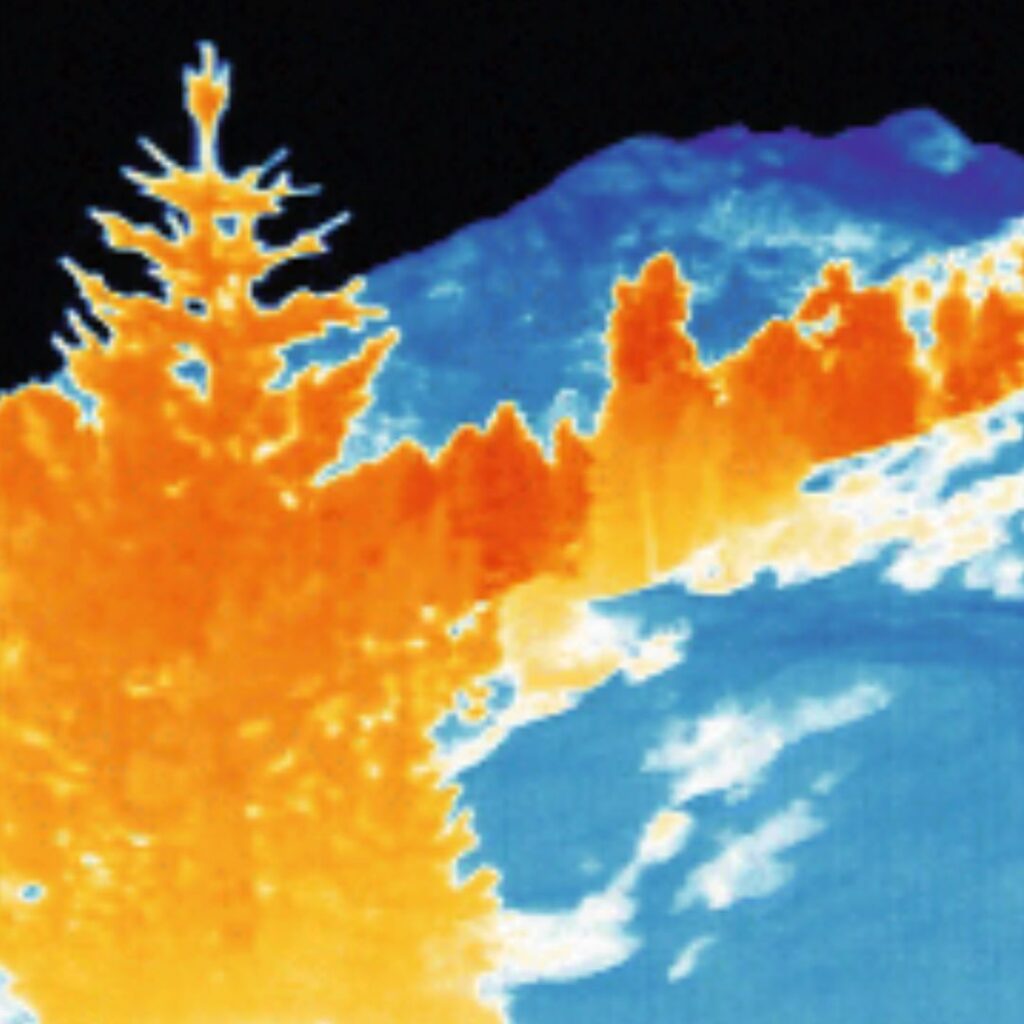
Critical to success of ground operations in cold region environments is the ability to understand local conditions across a variety of cold terrain. Localized understanding of representative terrain types will lead to effective navigation, obstacle avoidance, and target detection. Solutions are needed that optimize sensor employment on both fixed and moving platforms, incorporate cueing from other remote sensing assets, and advance the development of computing architecture(s) supporting the collection, management, and templating of sensor performance data. Resulting (informed) decision aids and planning tools will advance the state of mobility assets in cold region environments. Examples of solutions desired include (but are not limited to): Improved seasonal maneuver estimations based on satellite data, including estimates for snow- and ice-covered terrain, and freezing and thawing soils; Vehicle based proprioceptive measures to detect and respond to changing ground conditions enabling optimal route selection and vehicle control; and Machine vision tools for estimating mobility on snow and ice (stand-off and vehicle-mounted sensors) to increase support focused on low signature logistics.
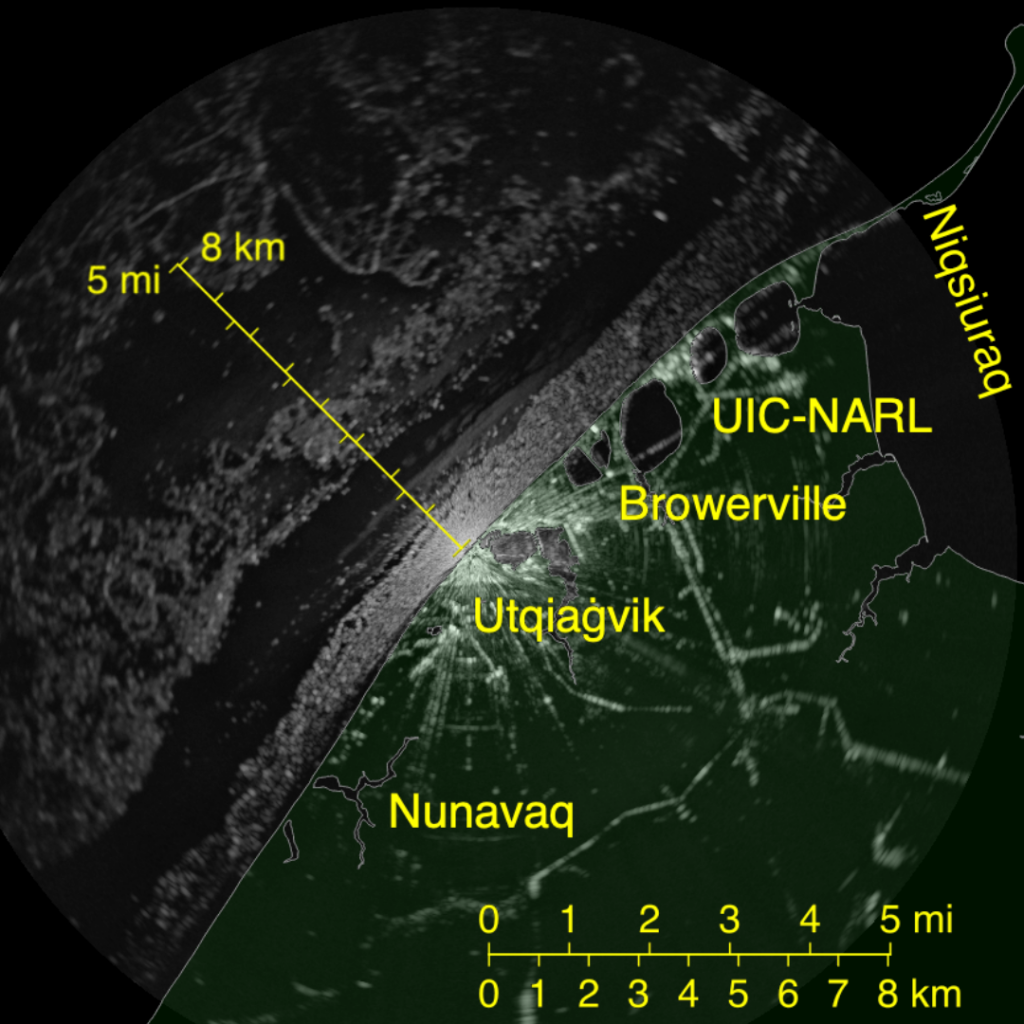
Predictions of ice characteristics at scales necessary to inform decision making are currently not possible with existing tool sets. Of interest is the development of integrated tool sets that provide accurate assessments of ice thickness, motion, fracture, and internal stress states at resolutions necessary to support tactical decision making. Solutions are sought that result in rapid, stand-off means of obtaining accurate reconnaissance of coastal ice sheets, lake ice, and river ice. Desired operational capabilities include ice measurement sensor packages for rapid characterizations in support of safe on-ice operations, expedient modeling of physical properties assimilating observations with remotely sensed ice properties, and models for deterministically predicting salt and freshwater ice fracture and movement over short timescales and at high resolutions. Developed technology would enable through and over ice route selection and provide real time information on risks to on-ice infrastructure. In addition, current techniques to improve ice thickness, i.e., the load bearing capacity of the ice, rely on the slow process of flooding and mass freezing. New techniques are needed that result in rapid ice strengthening, specifically via the application of environmentally safe snow/ice composite materials accompanied by mechanical compaction.
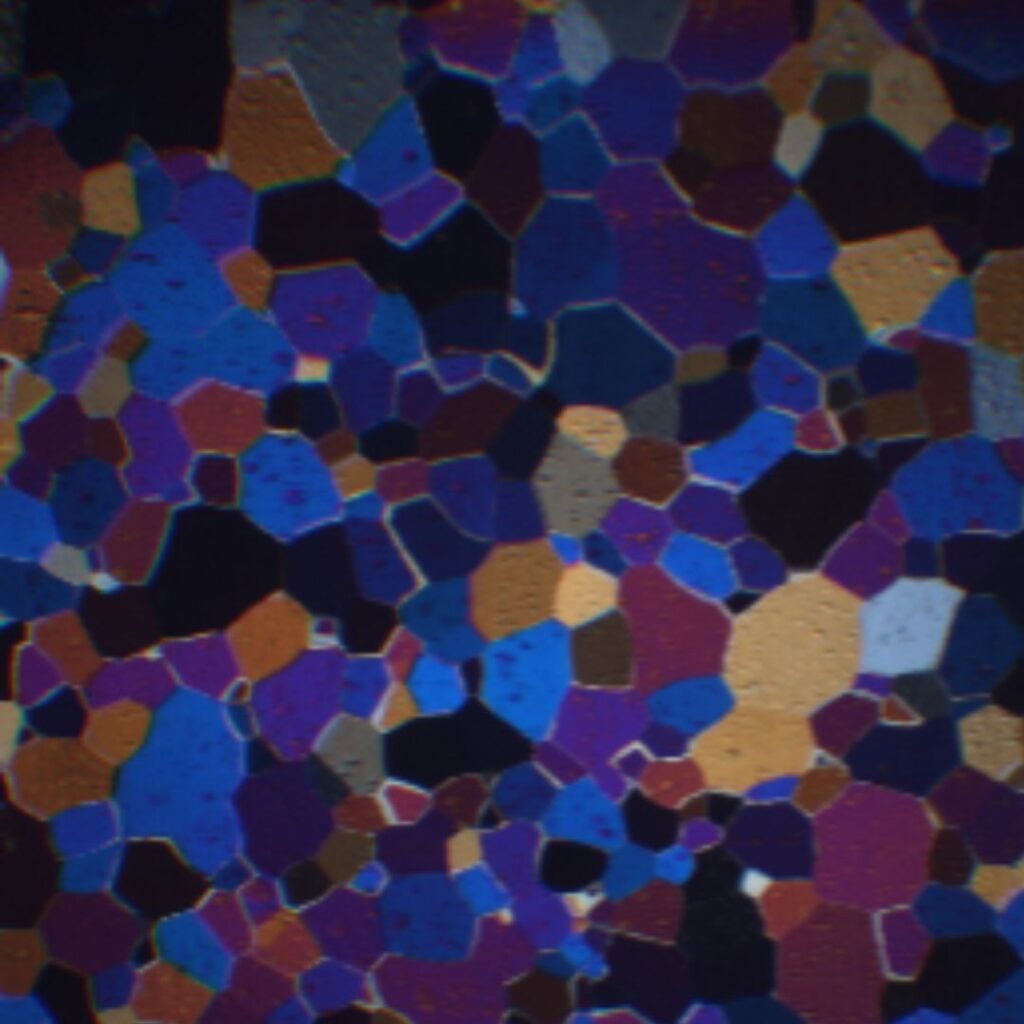
Advancements in purpose designed materials and coatings that resist or withstand extreme forces characteristic of cold regions, i.e., thermal shock and thermal cycling, are needed to ensure resiliency and continuity in both civil and military operations. Solutions are needed that result in advanced polymer, metal, and other novel material technologies as well as enhancements in effective construction and maintenance techniques/technologies applicable to extreme cold environments. Specific solutions needed include (but are not limited to): Cold weather conductive pavement materials and applications; Cold weather concrete materials and performance predictions; and Novel construction materials and applications for use on permafrost terrain. In addition, icing has a negative impact on critical infrastructure to include communications, power distribution and transportation. Advancements in the development of ice-phobic coatings are needed and knowledge of the fundamental properties/variables that govern ice adhesion to a specific surface is a critical aspect. Design criteria for ice adhesion to surfaces across a range of settings are needed so that effective solutions can be developed and transitioned to support operations.
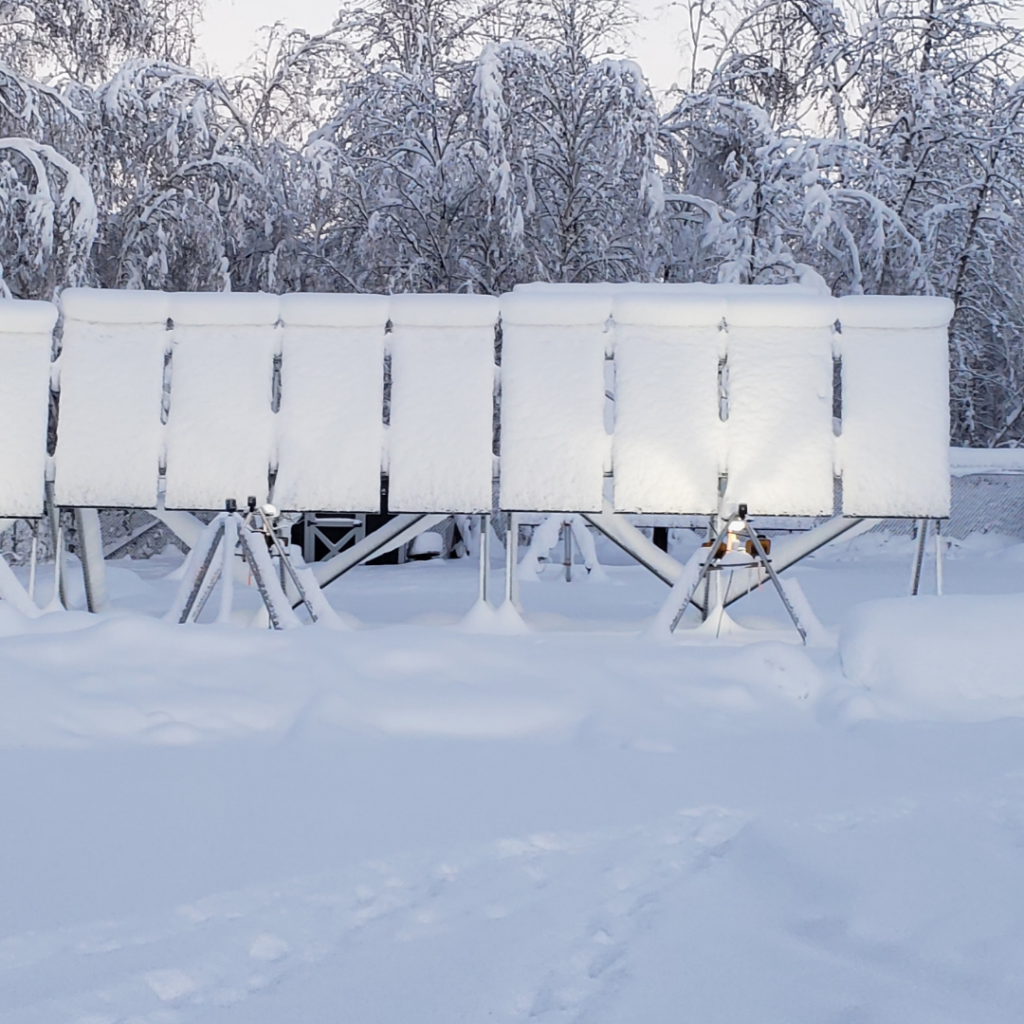
Cold region and extreme cold environments, by necessity, require resilient electrical and thermal energy systems. Cold region environments are characterized by unique considerations with the result that electrical, heating, and energy efficiency technologies developed in more temperate climates may not always be appropriate for cold region applications. Although emerging heating and energy technologies have promise for use in extreme cold environments (e.g., heat pumps, solar panels, micro-grids, etc.), these technologies need to be vetted before they can be adopted for use. Needed are solutions that optimize applications of energy and energy storage solutions to address tactical and/or remote application challenges and to keep installation critical loads securely operating at the lowest possible cost. Innovative solutions that adapt or substitute energy technologies for cold regions applications and decision support tools that inform risk/mitigation, planning, and investment are two critical areas for advancement. Technology maturation is specifically needed for battery systems and incorporation of alternative energy supplies to complement battery storage systems using local energy sources.
ERDC-CRREL will typically use a one-step evaluation process but does reserve the right to request a live demonstration (See Section C) that would add a second step to the evaluation process if necessary and when appropriate. Under the one-step evaluation process, offerors whose proposed solutions meet the need of the government and include enough detail to complete a full technical evaluation may or may not be asked to provide a demonstration of their solution.
All resultant contracts will be firm-fixed price. All items, technologies, and services (including research and development) procured via this CSO are treated as commercial. The Contracting Officer must determine the price fair and reasonable prior to award. ERDC-CRREL is conducting this CSO on a full and open basis and intends to award contracts in accordance with FAR part 12 and the FAR part that is deemed most appropriate for the solution proposed (i.e., FAR part 13, 15, and/or 35); the government reserves the right to award prototype agreements (e.g. Other Transaction Agreements), in accordance with 10 U.S.C. §4022, if deemed appropriate and in the government’s best interest.
How to Participate
1. Review the CSO Solicitation
2. Review FAQs
3. Once the solution is ready to submit, complete the submission form
Questions: Please send all technical and administrative questions using this form. Q&A will be updated periodically. It is the responsibility of the offeror to review Q&A prior to submitting a proposal.


